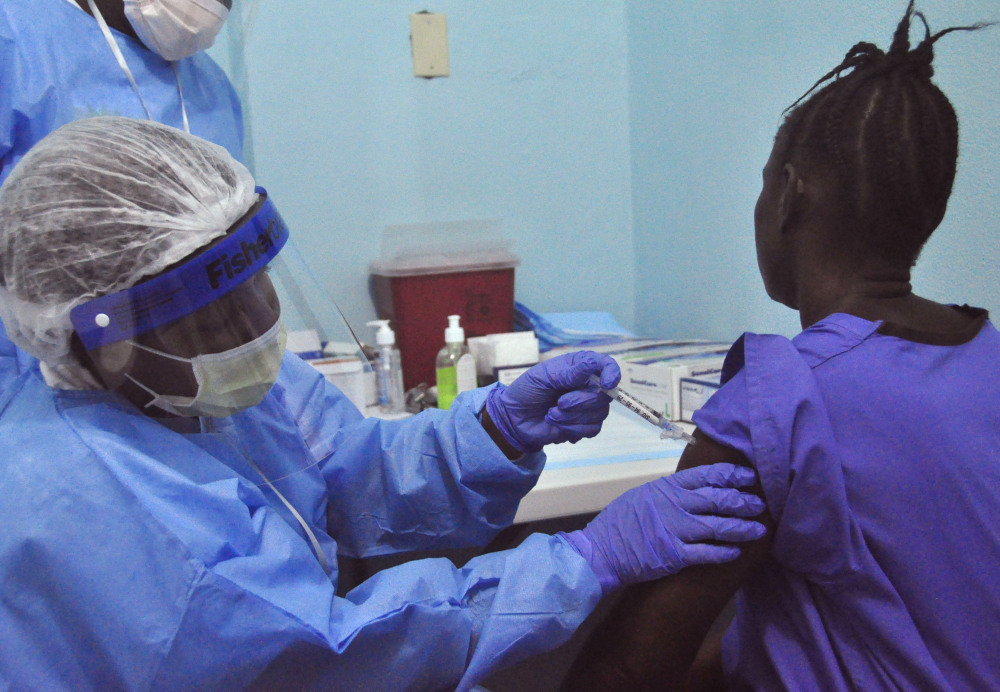LONDON — The number of Ebola cases in West Africa has gone up for the first time this year, the World Health Organization says, warning that the coming rainy season could complicate efforts to contain the disease.
In an update published online Wednesday, the U.N. health agency said there were 124 confirmed cases last week, up from 99 the week before.
WHO said there are continuing problems tracking the spread of the virus. Only 21 percent of new cases in Sierra Leone were from known contacts, meaning health officials have no idea how the majority of new patients are being infected and where the virus might be lurking.
In Guinea, about half of new patients were from contacts of other cases, and 10 of 34 prefectures in the country reported at least one security problem or refusal to cooperate with international aid efforts in the last week. Ebola is also continuing to spread to new areas in Guinea, close to the border with Mali.
WHO noted that a single unsafe burial in Guinea in early January sparked nearly a dozen confirmed cases. The bodies of people killed by Ebola are highly infectious and traditional burial practices that involve washing or kissing the body are extremely risky.
“A rise in incidence shows that the (Ebola) response still faces significant challenges,” WHO said, adding that the wet season will make it hard to get to remote areas.
To date, the virus is believed to have killed nearly 9,000 people and the death rate is estimated to be between 50 and 60 percent in West Africa for people hospitalized with the disease.
At a WHO Ebola meeting last month, the agency’s chief Dr. Margaret Chan said data showed that “we have bent the (epidemic) curve and avoided the worst-case scenario,” after earlier predicting there might be as many as 10,000 cases per week. She said the agency was focused on getting to zero cases but that “high-risk situations” were still occurring.
Nevertheless, the central challenge remains quickly isolating every Ebola victim, painstakingly tracing all the people who might have been exposed and monitoring them for several weeks to be sure they don’t get sick, a process that experts say could take several months, if not longer. Only then will the thousands of viral transmission chains vanish one by one.
“The last case is the hardest case,” said Tom Frieden, director of the Centers for Disease Control and Prevention. “We won’t get to zero simply by hoping things are going down but by intensively following up on every single possible case.”
Copy the Story LinkSend questions/comments to the editors.



Success. Please wait for the page to reload. If the page does not reload within 5 seconds, please refresh the page.
Enter your email and password to access comments.
Hi, to comment on stories you must . This profile is in addition to your subscription and website login.
Already have a commenting profile? .
Invalid username/password.
Please check your email to confirm and complete your registration.
Only subscribers are eligible to post comments. Please subscribe or login first for digital access. Here’s why.
Use the form below to reset your password. When you've submitted your account email, we will send an email with a reset code.